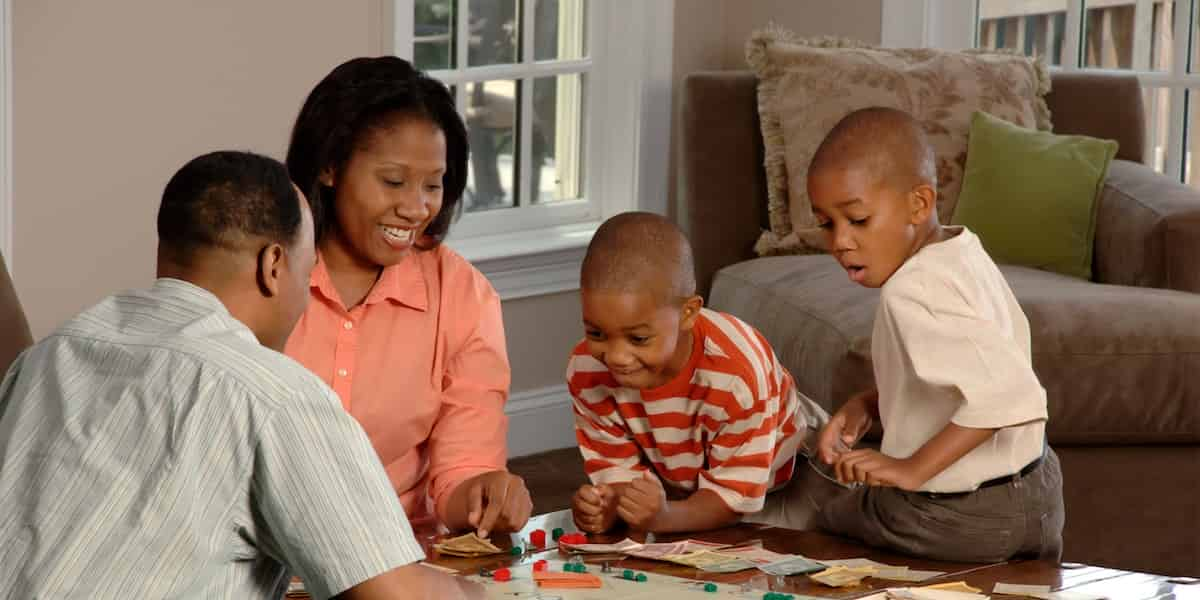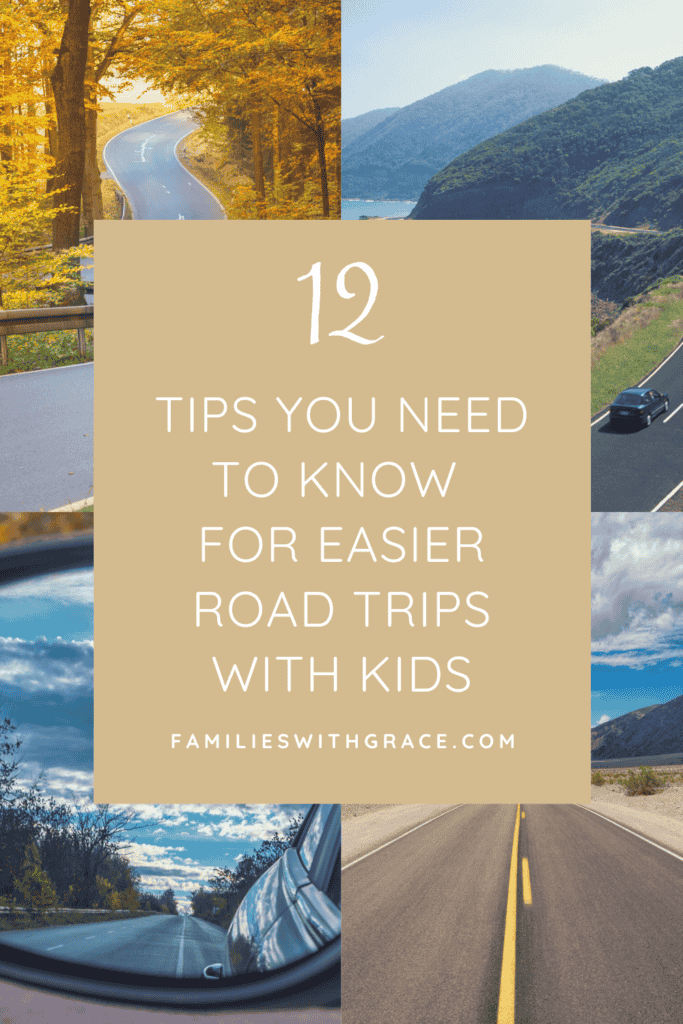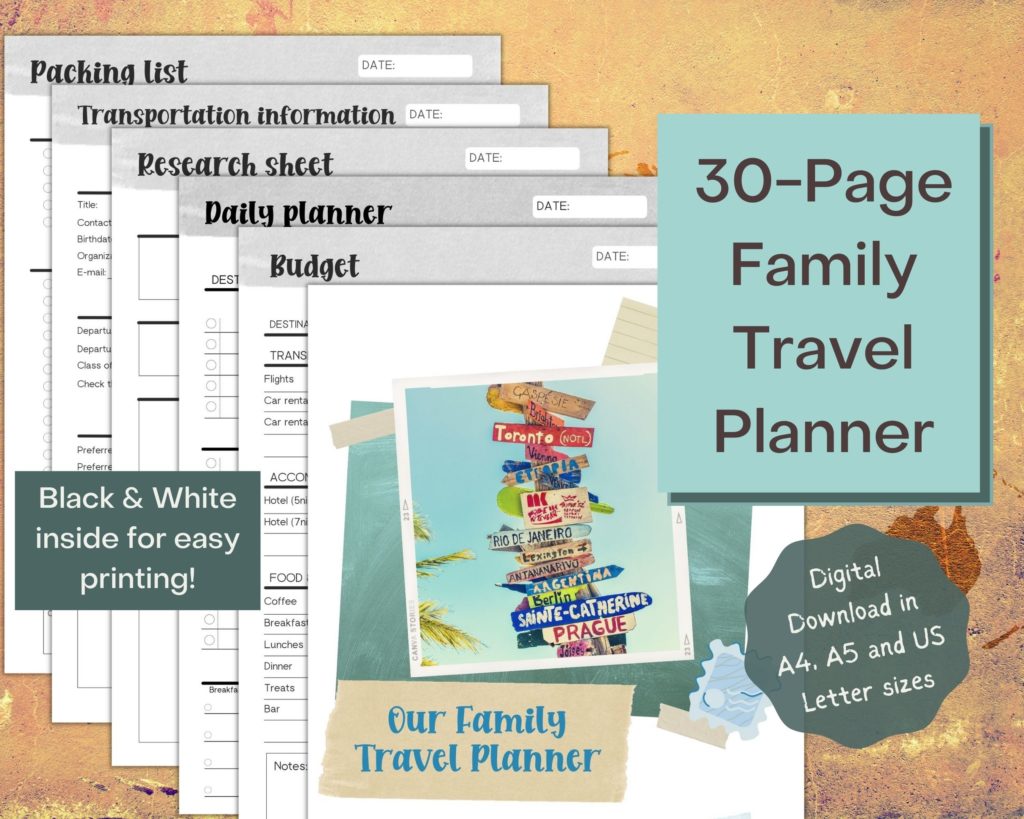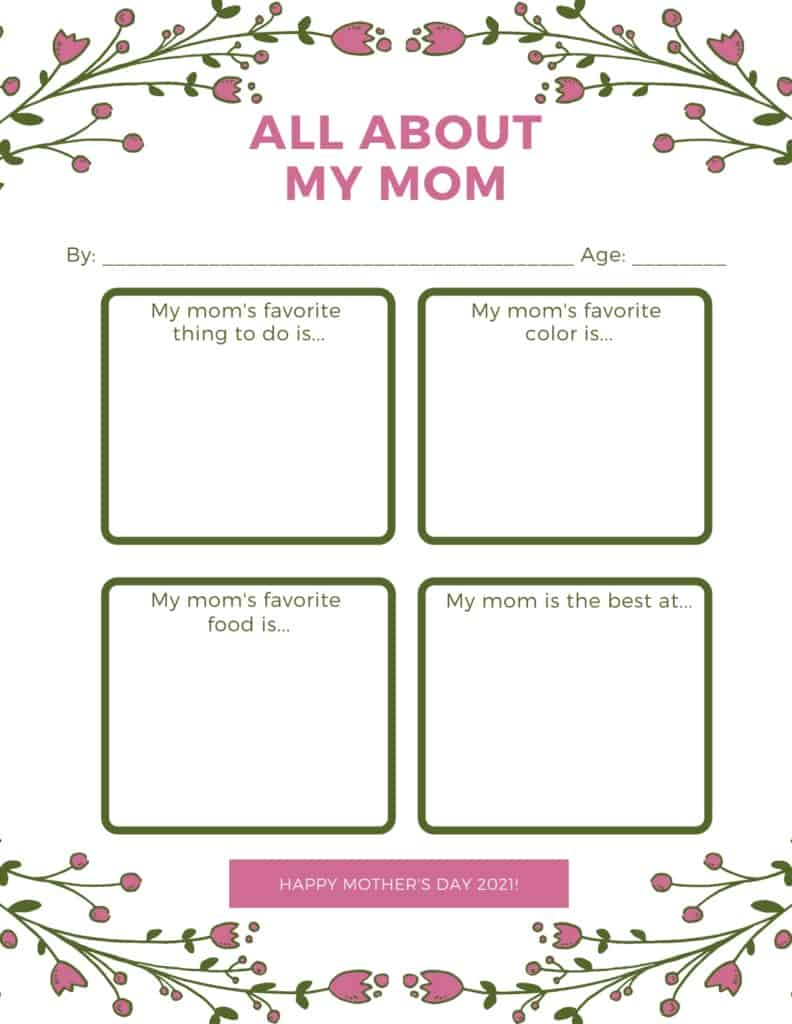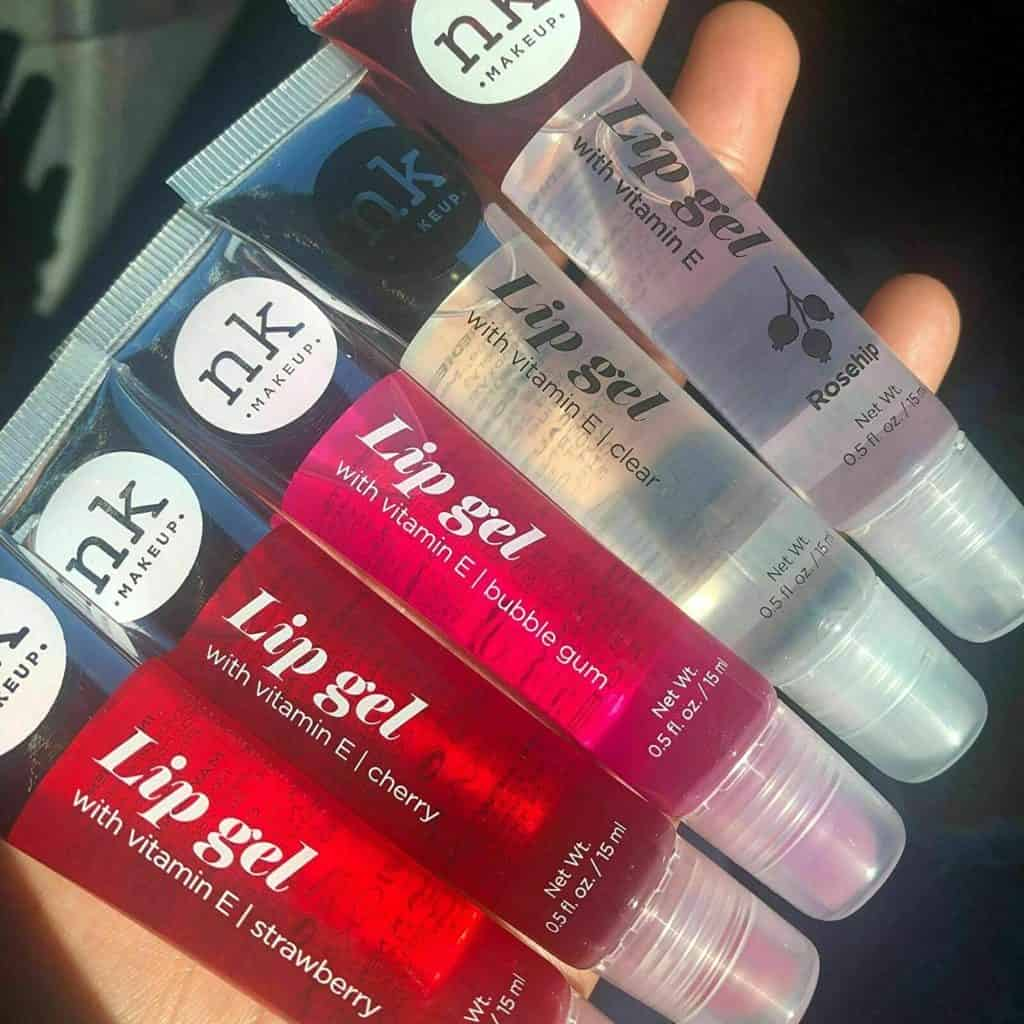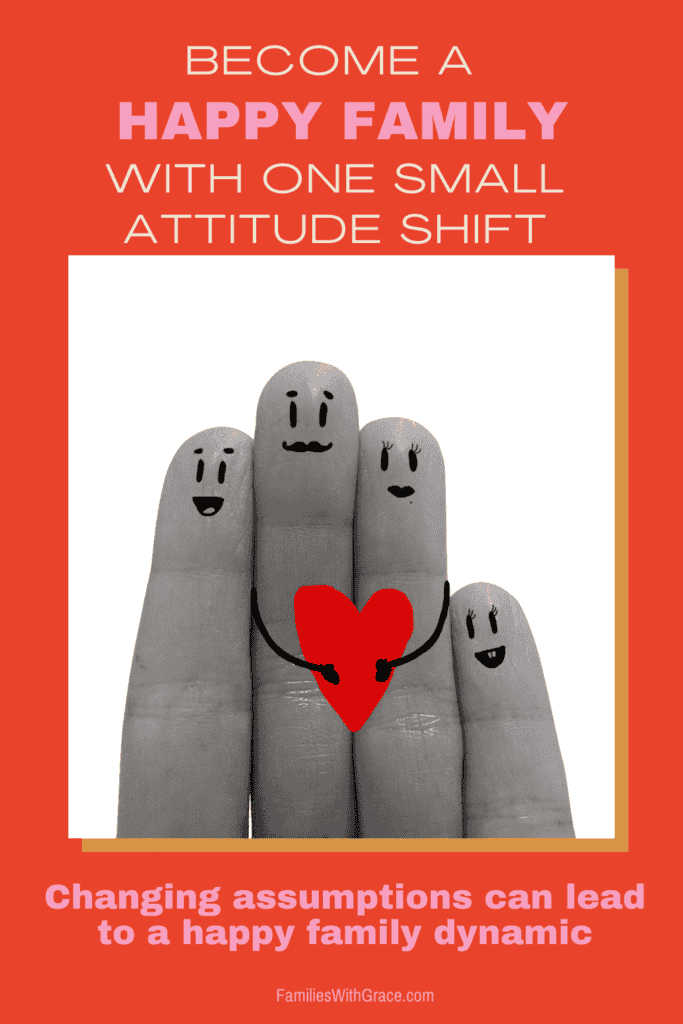Ideas from a mom and daughter on talking to your tweens and connecting with them
Affiliate links are used in this post, if you make a qualifying purchase via my link, I receive a small percentage of the sale at no additional cost to you. I only recommend products and services I use and love. It helps support my blog, so thank you for your support! Read my full disclosure here.
Caught somewhere between being a child and a teenager, tweens (kiddos age 10-12) are growing and evolving in ways their parents often struggle to keep up with. Talking to your tween is a bit different from when they were younger kiddos and requires sometimes being intentional — and patient!

With that in mind, Lexi from Girls with Grace and I (Stacey from Families with Grace) have put together our ideas about talking to your tween based on our own experiences. Lexi is a couple months away from turning 12. We don’t always have our stuff together and communicate like a tween dream team. But we have found ways to change and grow our relationship and communication as Lexi has gotten older.
Ideas for ways to talk to your tween from a tween
Lexi: Talking to your tween can go so many different ways depending on your tween’s personality. Therefore, the first step is to figure out exactly what that is. Starting off, decide if your tween is the open, talk-about-it type or the type that will NOT talk about it.
If he or she is the open type, then just ask your questions head on. (EX: Do you think the new kid is cute?) If that doesn’t go well, try a more indirect approach. (EX: Who is the new kid?)
If he or she is less open, try out a trade-off journal. You can find journals with prompts to write about and exchange, or just use a blank journal. Ask the questions on the page and let the other person write about it.
If that fails, try just leaving a book or something in her room about the topic you are trying to talk about (EX: boys). In order to get her input on the subject, leave three to six (depending on the length of said book) notebook pages with one question each throughout the book. Ask her to read and then answer them. Make it clear you will read the responses and write a paragraph or two on anything you want reply. For example, maybe her response to a question is “Conner is kinda cute.” Then maybe you respond “When I met him, Conner seemed very nice.” Give her the option to respond or not.
Ideas for ways to talk to your tween from a mom
Stacey: One of the things I’ve learned these past couple of years is to find time when my tween is feeling chatty to talk with her. There are certain times of day Lexi feels more like opening up about what’s going on in her life. Right now, the best time for us to talk is in the evening before bedtime. While I’m an early bird, I understand that my night owl kiddo wants to talk in the evening, so I’ve made that a priority as much as possible.
We have been intentional about having one-on-one (or two-on-one when we include my husband) time throughout the week to check in with Lexi. Reading relevant nonfiction books together has been a great way to connect and talk. American Girl (yep, the doll maker!) has a terrific selection of “A Smart Girl’s Guide” to everything from cooking to puberty to room organization to boys to clothes to friend drama. We’ve read through a few together and had some great conversations as a result.
Another way Lexi and I have connected as mom and daughter is through the shared journal she mentioned. I can more easily write about my feelings than talk about them, so it’s a natural fit for me. Lexi has inherited my love of writing and reading so it works well for us. We talk about random things and deep things in the journal with prompts. We’ve enjoyed the shared journal so much that the two of us are working to create one together.
Check out and download this sample of our journal for free to try with your own tweens!
Advice for moms of tweens from a tween
Lexi: Try to take time out of your day to make her feel special. (Especially if she has siblings.) Take her out to go get ice cream, or watch an episode of her favorite show with her. Even if it is as simple as making or ordering our favorite food, it does make us feel better. Also, we love compliments. (Check out these compliment pencils from my most recent blog post!)
Advice for moms of tweens from a mom
Stacey: Having quality one-on-one time together is often the best way for connecting with and talking to your tween. We’ve found being in the car together is a great time to chat. And we’ve had some mom and daughter dates. Neither of those things happened as often or as easily during COVID-19. But once the weather got warm again this spring, Lexi and I went to Dairy Queen and shared an order of chicken wings and each got ice cream. We sat outside in the sunshine and just enjoyed chatting together and being out of the house. I really do think usually the small stuff makes the biggest difference!
Advice for tweens from a tween
Lexi: Remember your mom is with you to the end and your one friend from class probably won’t be. Therefore, talk to her. Tell your mom about your day, give her a card (and maybe a gift) on her birthday and other special occasions. Even if you just make your mom dinner or draw a picture for her, it still counts. Maybe even start a Bible study club with each other! Just do stuff together, because it really does make all the difference.
Advice for tweens from a mom
Stacey: Be patient with your parents is my biggest advice. Just as you are figuring out how to be an older kid with more mature tastes and interests, we are figuring out how to be your parents. We still remember how tiny you started in the world. And we are doing our best to let you grow up. But sometimes we mess up. Know we are always doing our best to love you and connect with you.
After patience, I offer the reminder that your parents were once your age. We may not have lived your exact experiences, but we do have experiences to draw from. And we love having a chance to talk with you about any and all of it. Mostly, though, we just want to connect with, talk to and love on you.
Why talking to your tween is important
Lexi: Parents and tweens do need to stay connected. Whether you know it or not, this is the phase of life your tweens are deciding to keep you or not. It is possible we decide you are annoying and don’t engage with you any more than necessary for the next five years. Maybe instead we decide you are awesome and hang out often. It all depends. Staying reasonably connected can make us keep you.
Stacey: Honestly, Lexi’s comments on this floored me. When I think back to my own tweenager days, what I wanted most was to feel heard and understood. My parents weren’t perfect (and neither am I!), but they were there for me in so many ways that our relationship stayed in tact.

As a mom, I do my best to make sure my kiddos feel heard and understood. It isn’t always so easy. I want them to be able to come to their dad and me with everything they have going on. I want to be their support system as they grow and change. And none of that happens without talking and connecting on a regular basis.
How to make a better connection
Lexi: Parents can do things they don’t even realize kinda break it for us. First of all, don’t push something. If you think something is wrong, then you can ask if we are OK. But if we don’t tell you anything is wrong despite your efforts, then please realize we either honestly don’t want or need to talk about it or nothing really is not wrong! If you have done well as a parent, then we will be open with you when we want or need to be, OK?
Also, when picking something that has to do with us, ask us what we want. You want to take me somewhere to celebrate my half birthday? Yay! You took me to McDonald’s, the one place I didn’t want to go? Boo! Point is, just ask what I want instead of trying to guess, because it is very possible you will get it wrong.
Stacey: Making a connection with your tween is about more than talking to your tween. It’s also about really listening and taking an interest in them. And it’s about knowing when to back off. For me, backing off can be the most difficult, because if my kiddos are upset, I want to know what’s going on and try to help! However, I also know that for me personally someone being too pushy with me is going to result in me being even quieter. So, I do my best to give space to my kiddos when they need it.
Aside from talking, doing special things for our kids is important and helps them feel valued, but we need to do the things they enjoy. For tweens, we also have to realize that what they enjoy may not be the same as it was two years ago (or even two months ago!). My husband and I started a policy early on in our marriage that asking isn’t a bad thing. Neither of us are mind-readers, so sometimes we just have to ask what the other needs or wants to do. The same is true with our kids. Just asking what they’d like to do for a special moment together can make all the difference on whether it’s successful.



